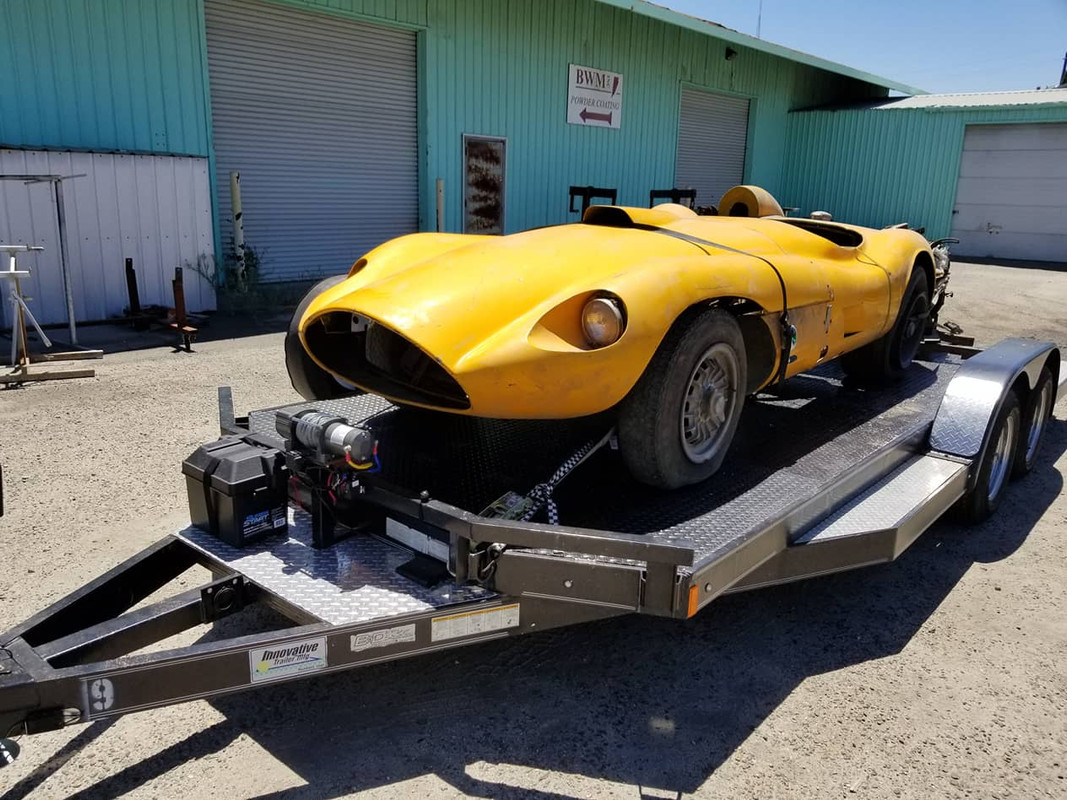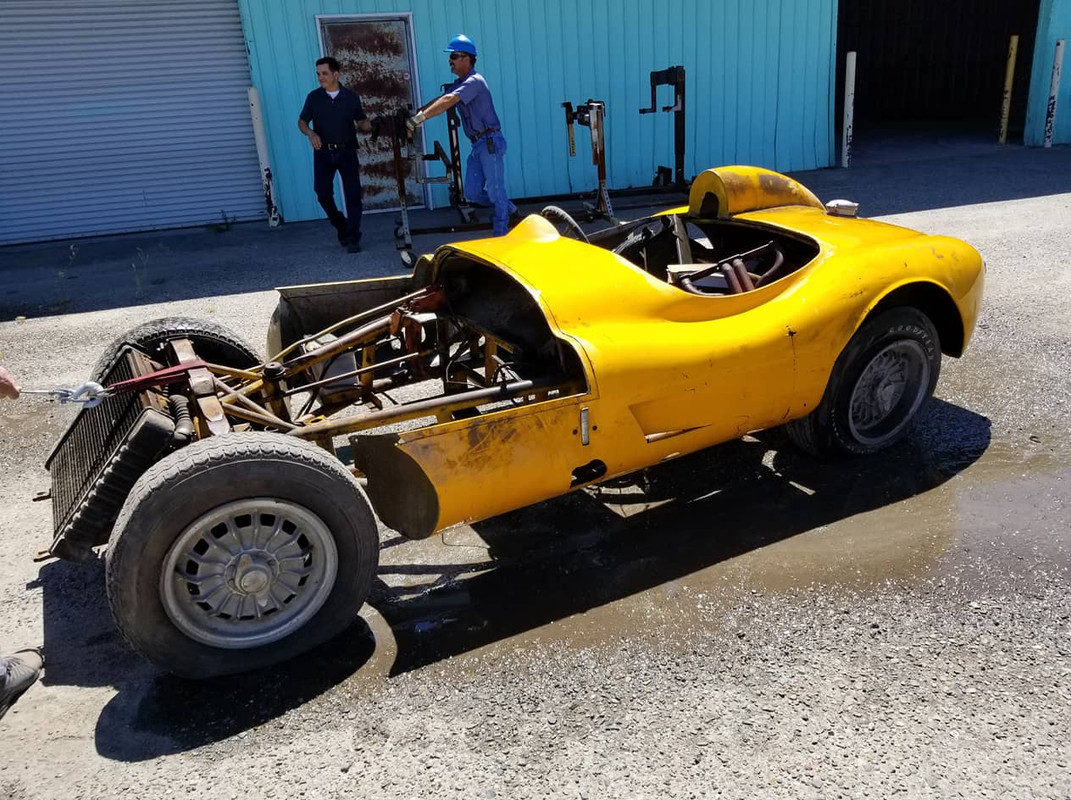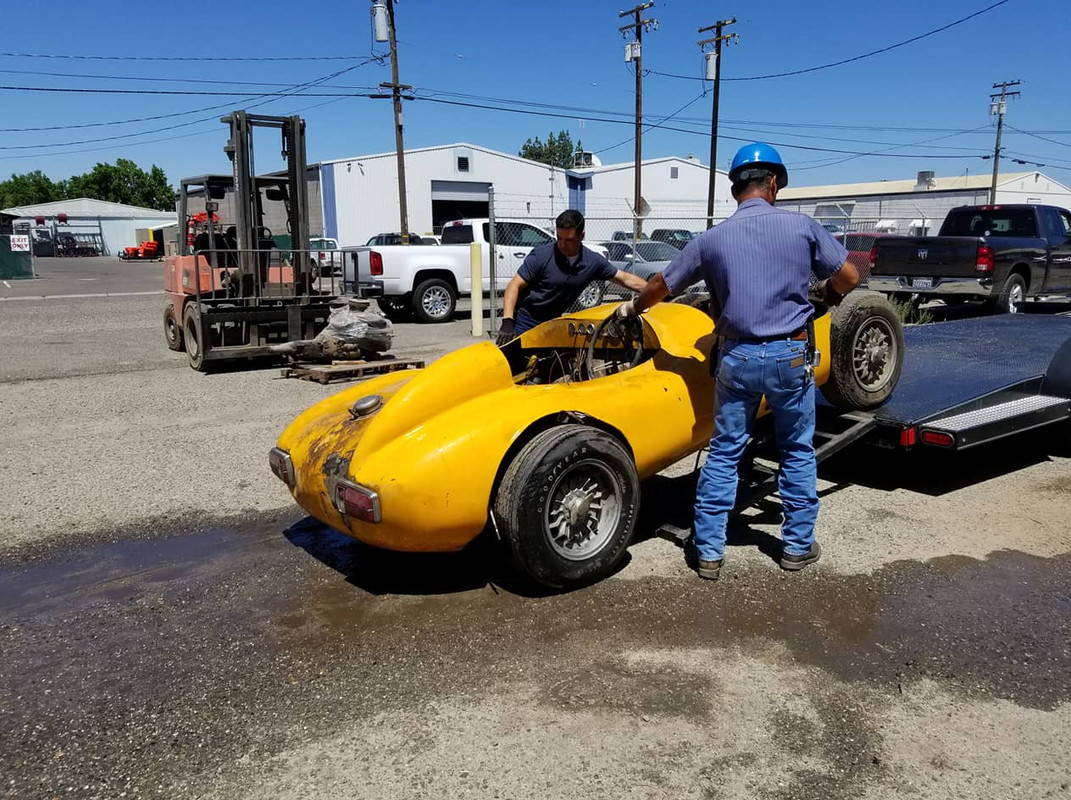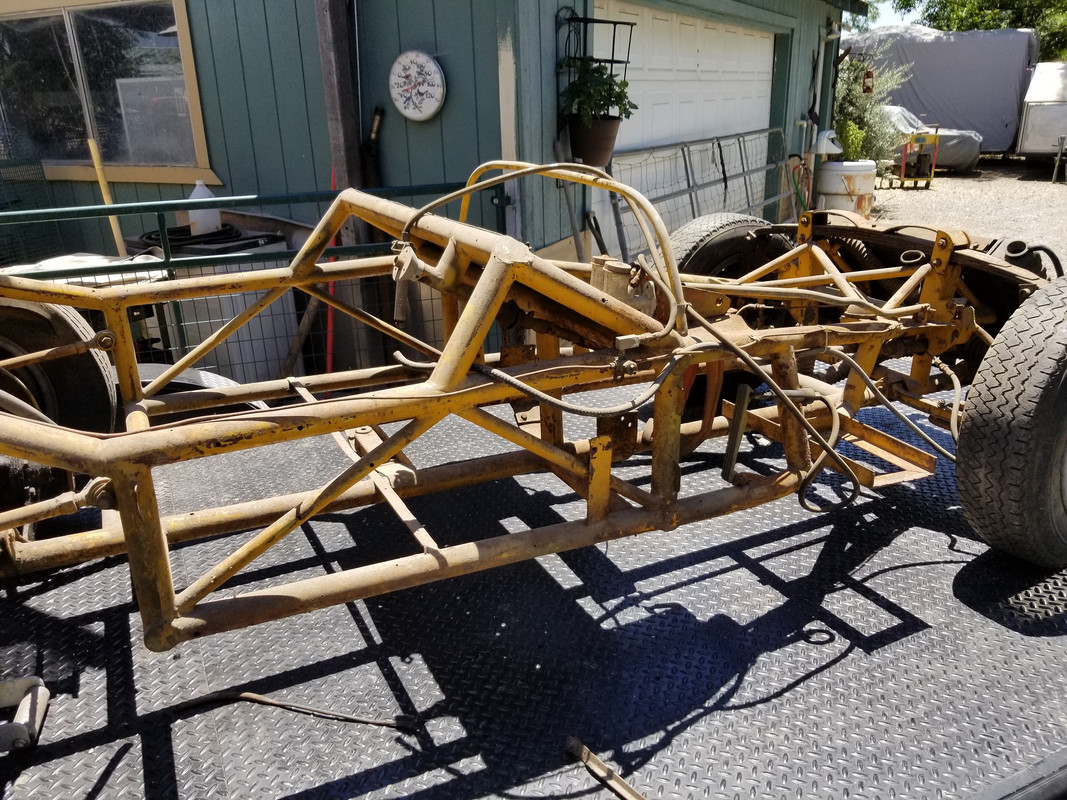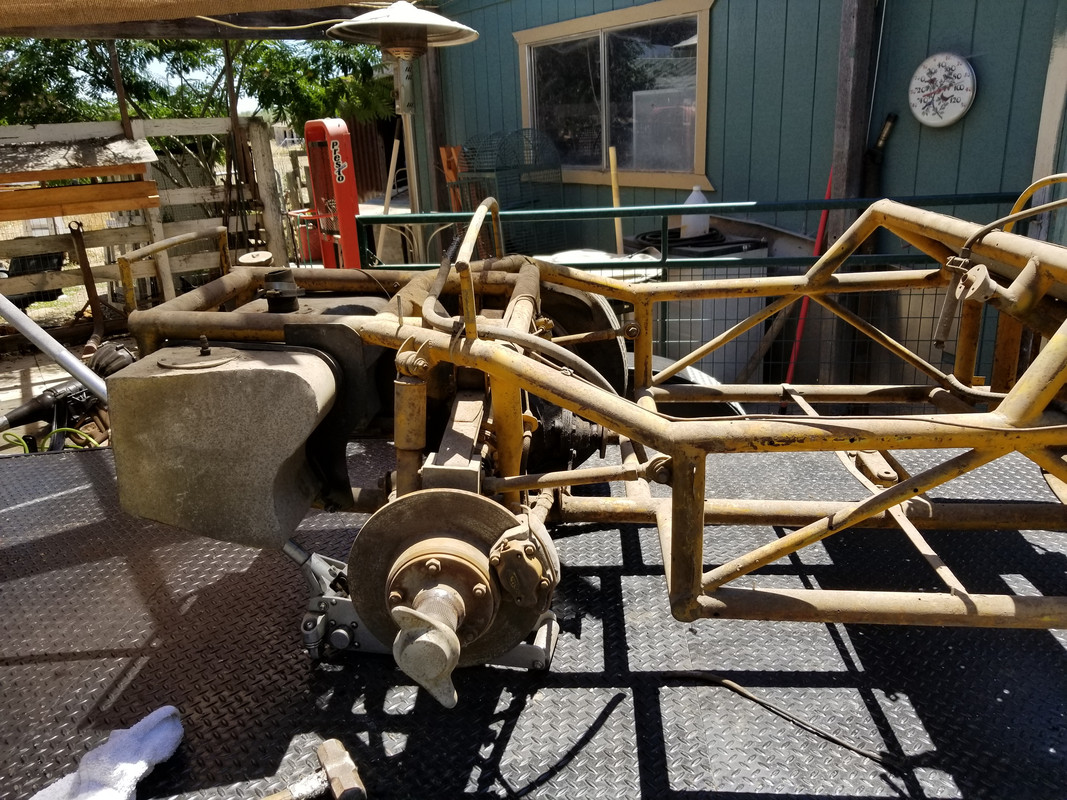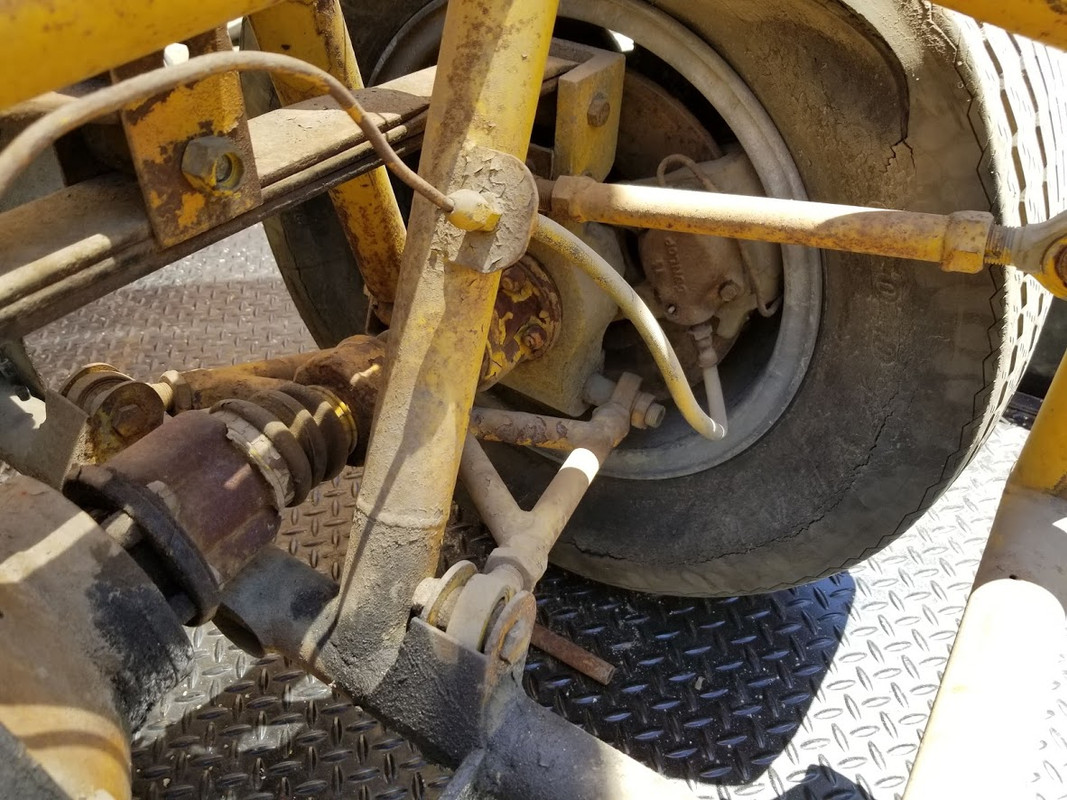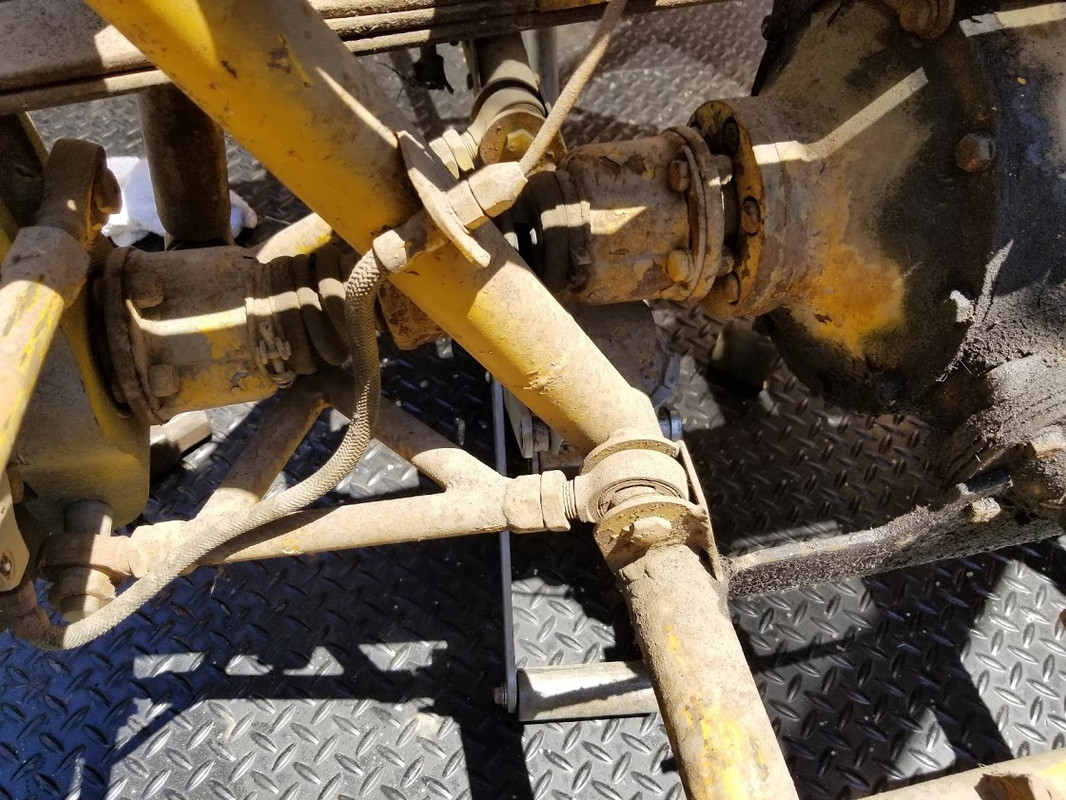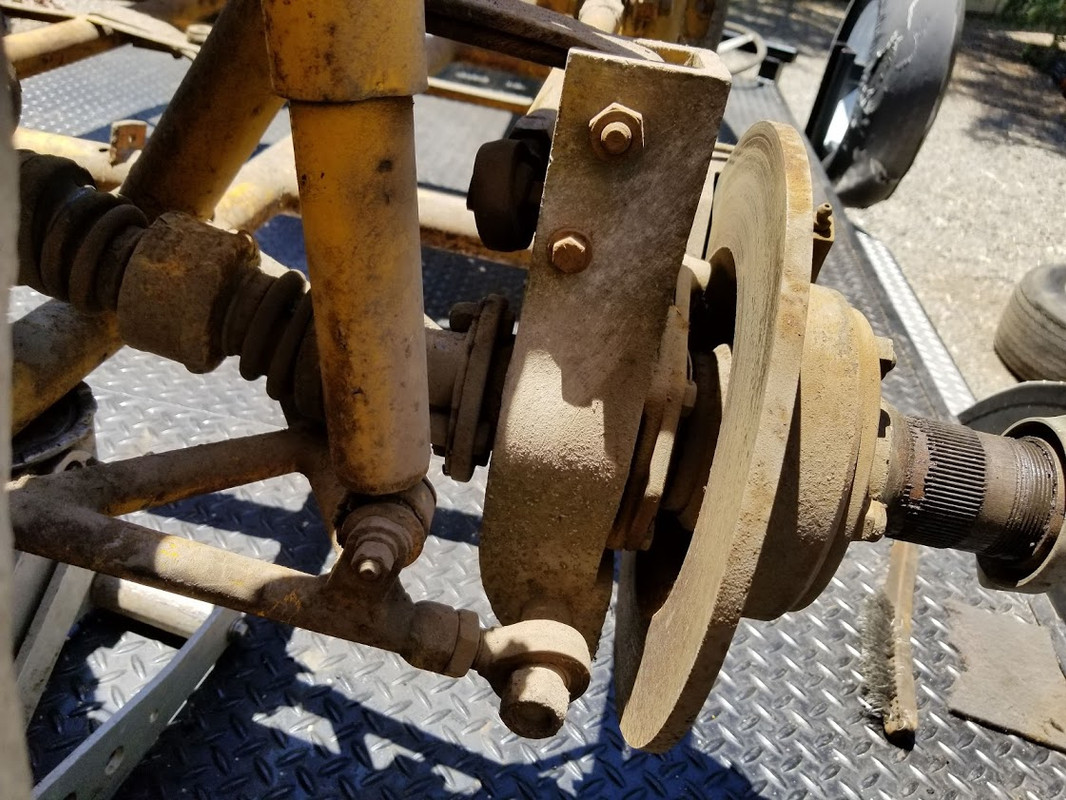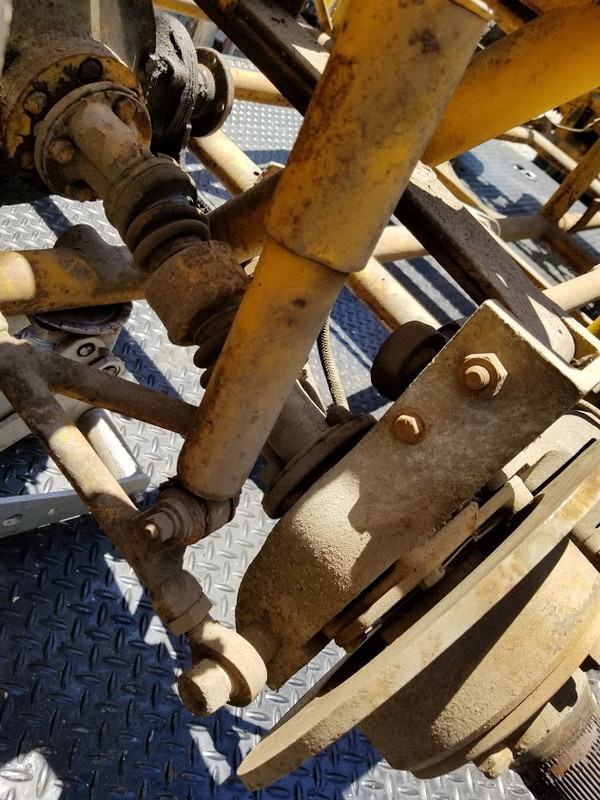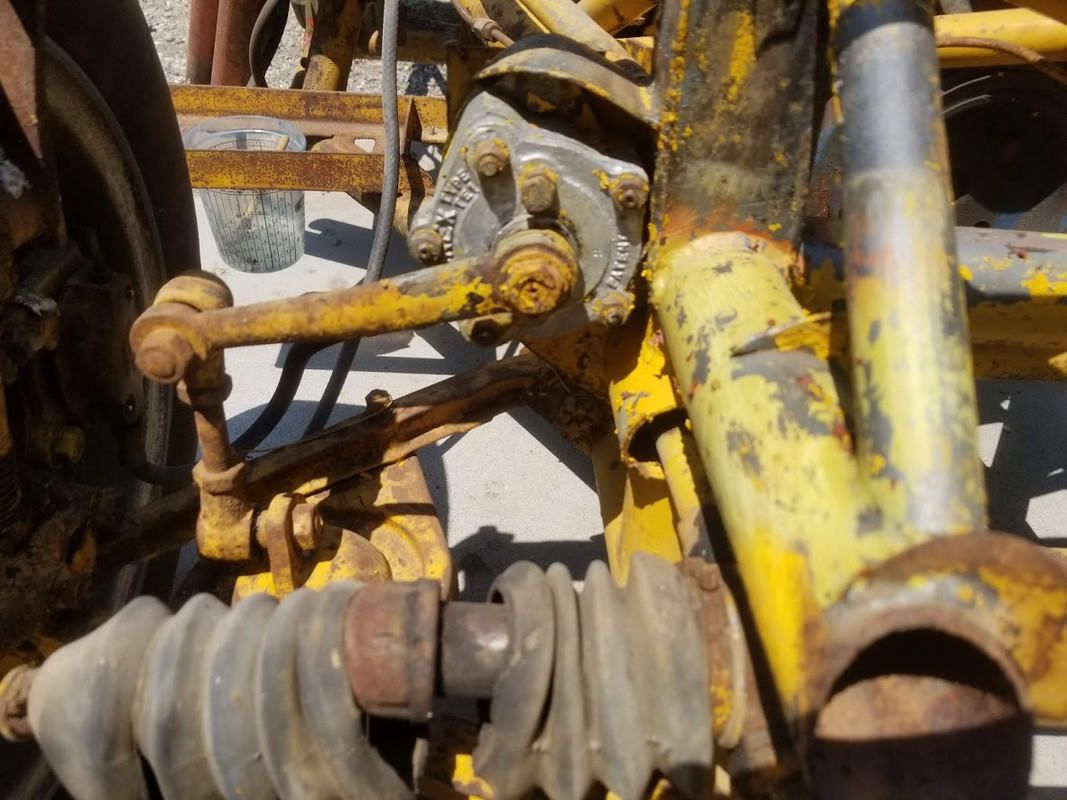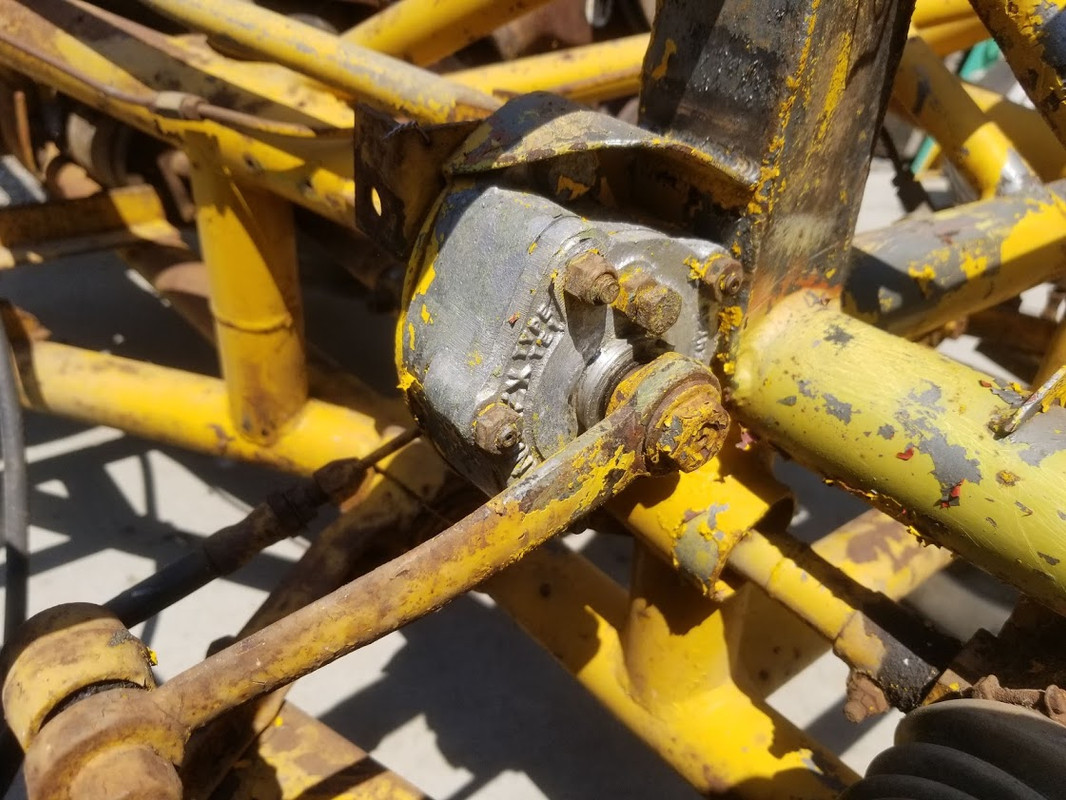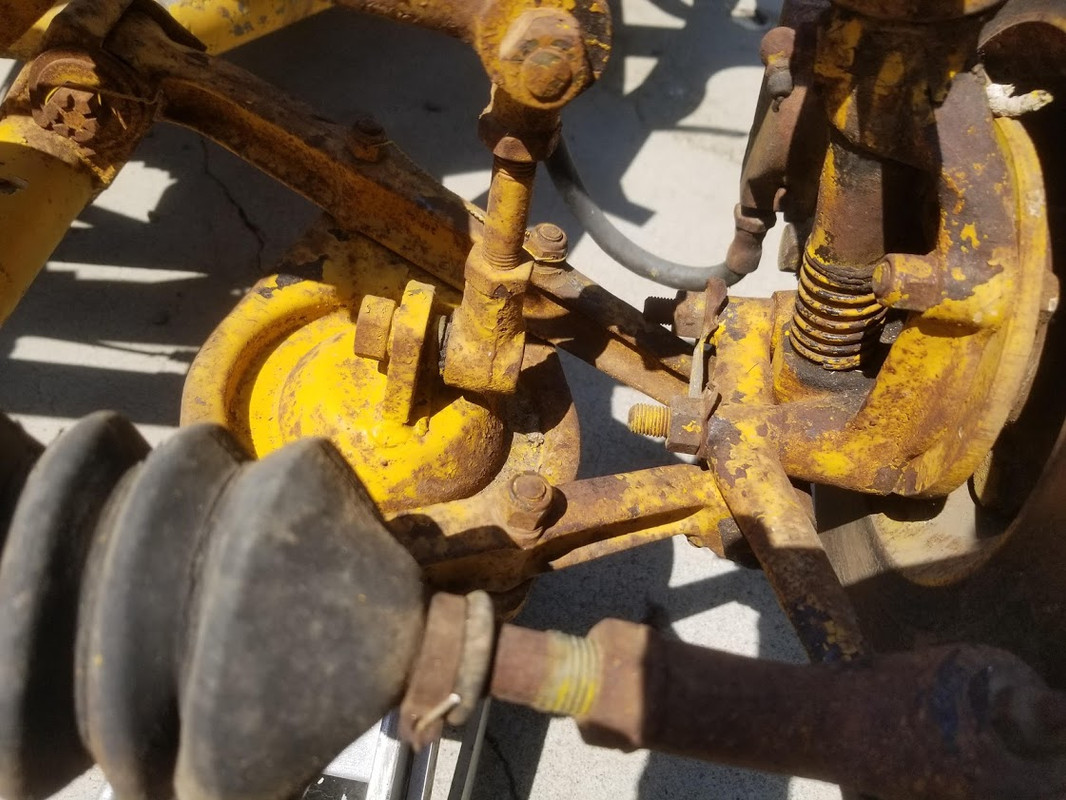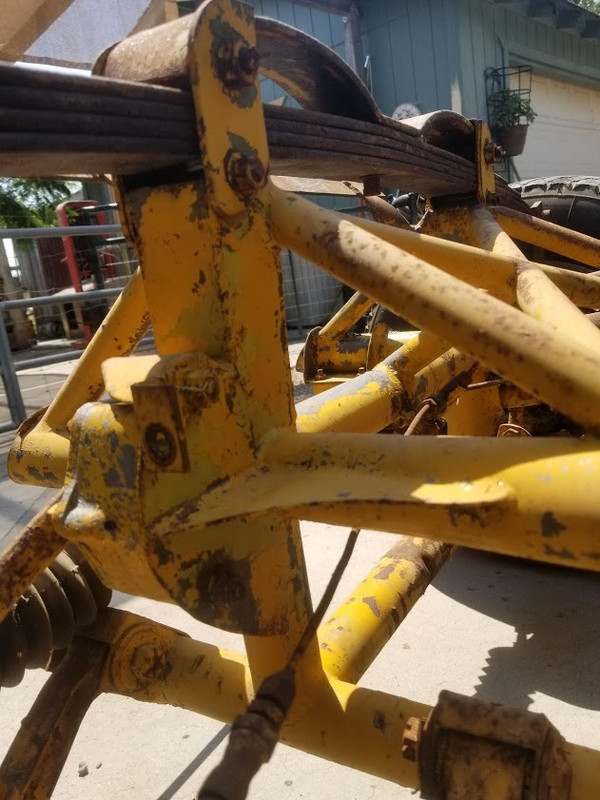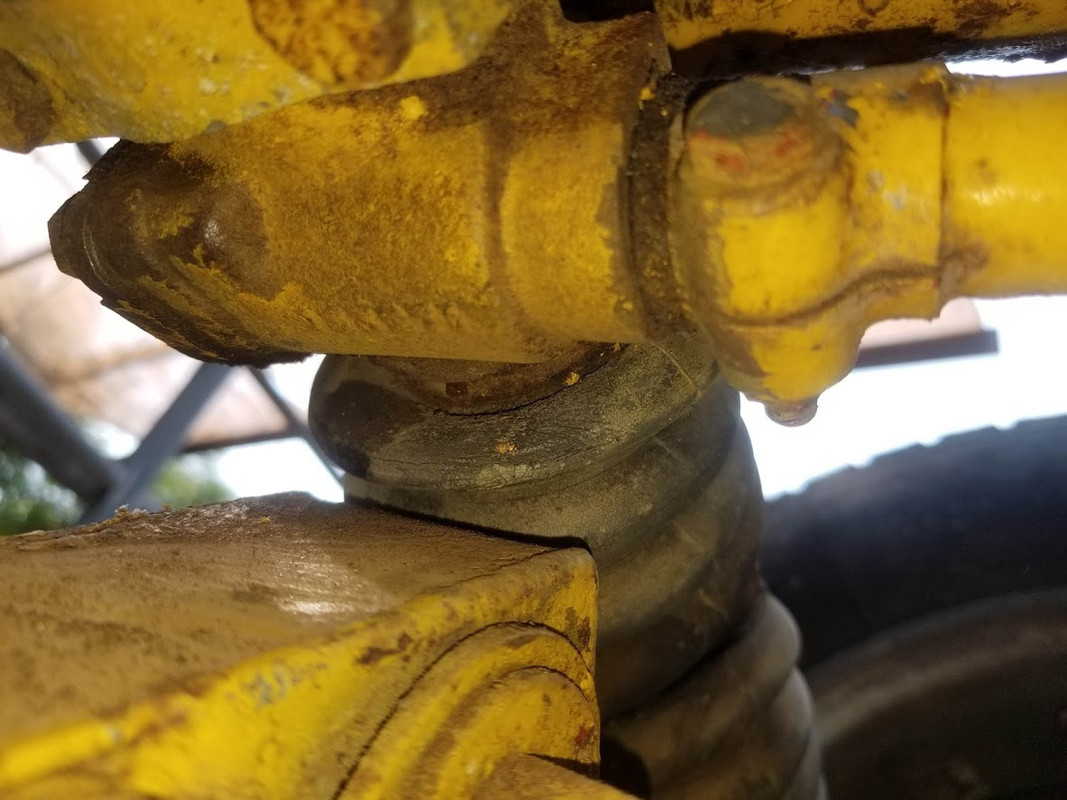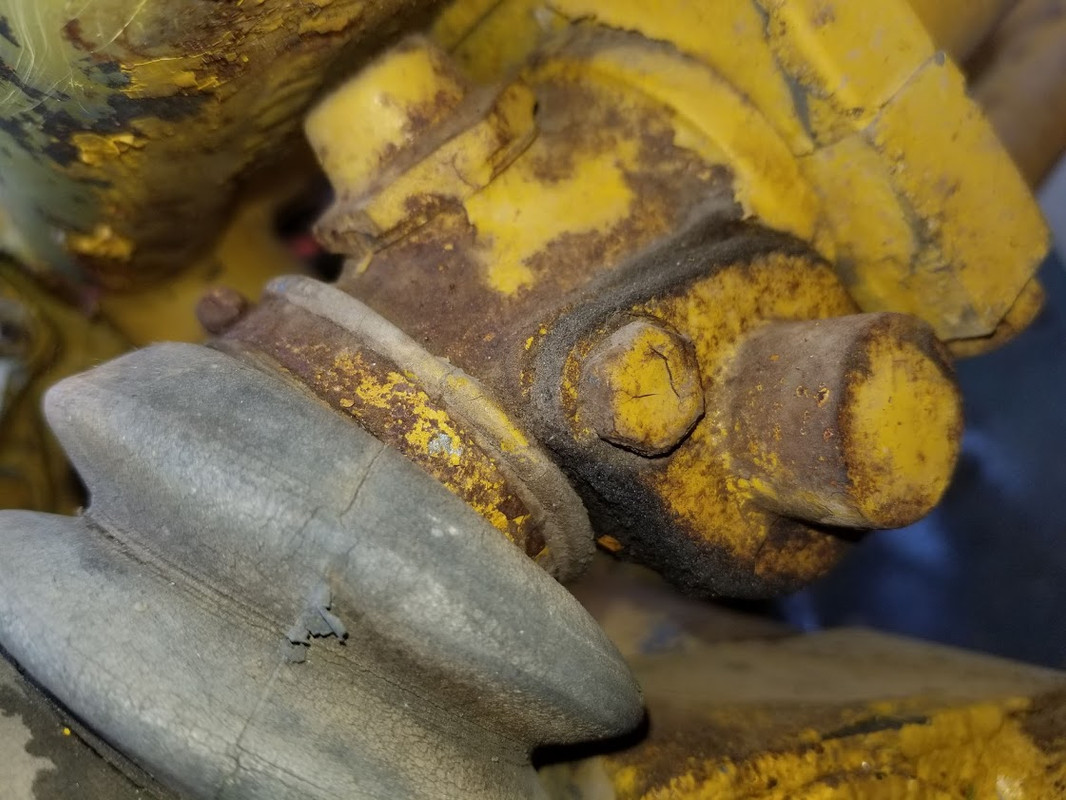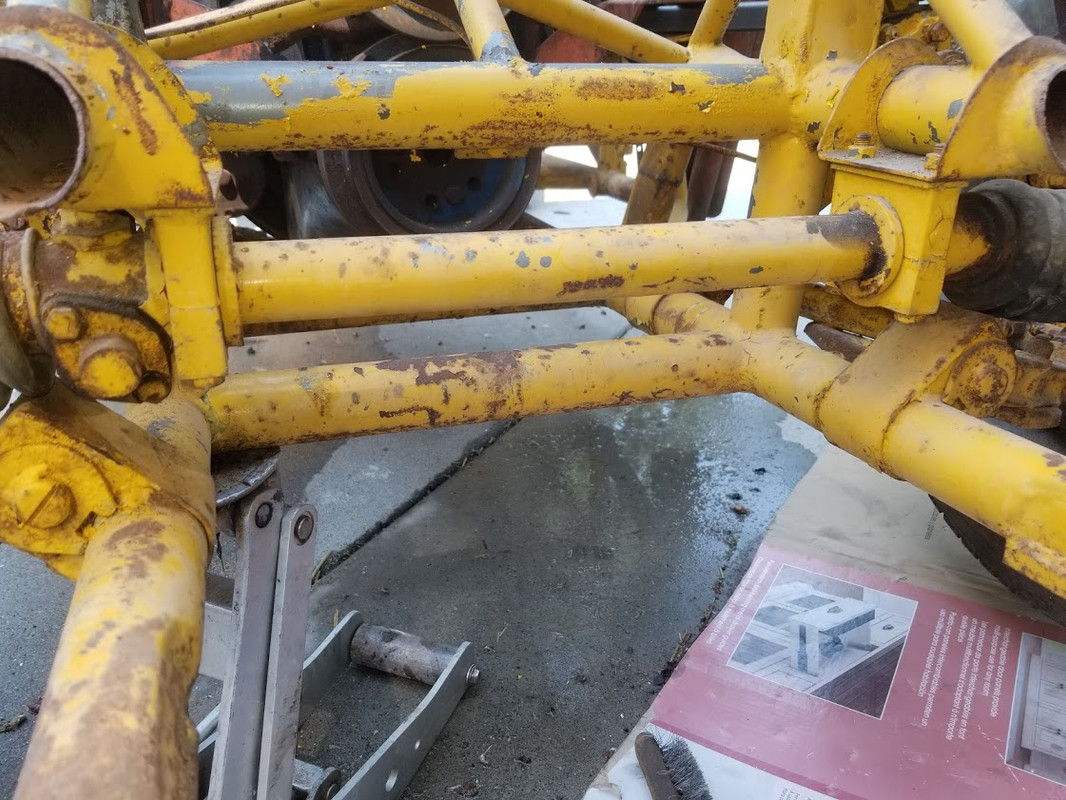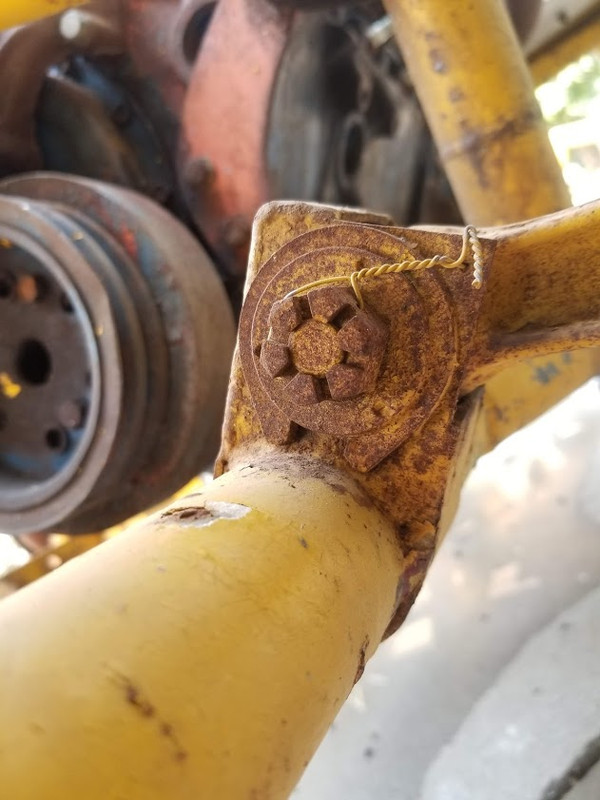I finally found a few moments to look at what was on the bookshelves.
Starting with the books on the American road racing specials, of course: American Road Race Specials, 1934-70: Glory Days of Homebuilt Racers, Allan Girdler (Motorbooks International, 1990); Art Eastman, ed., Road Racing Specials (Vintage Motorsport, 2003); Harold W. Pace and Mark R. Brinker, Vintage American Road Racing Cars (Motorbooks International, 2004).
Given that the car seemed to be from about the 1959/60 to 1963/64 timeframe, that is the period that I concentrated on during my research.
Beginning with Girdler:
I thought it might be a Bob Carnes Bocar, but the various Bocar marks I looked at, XP-5 and XP-6, had fiberglass bodywork and did not have quite the same shape -- close, but...
Looked the various Ol' Yaller Marks to see if I might have missed out on one of them. The Mark II was close, but not close enough.
The Vintage Motorsport book:
1959/60: Nope.
1961/62: Burnett Mark I looked close, but has Devin fiberglass bodywork.
1963/64: Nope.
Taking a break, I then looked at the always interesting Sports Car Graphic, skimming through looking at the various specials that appeared in SCG during the early Sixties.
SCG December 1962, pages 48-51, "Townsend Special MK III," by Naurice Koonce, looks as if it might be a good possibility. It is the car and article that I recall since I looked at that issue just several weeks ago for something on the Fall 1962 Pro races. The car stuck in my mind for some reason. The engine being used in 1962 is a 389 Pontiac, by the way.
Pace & Brinker book:
The material on the Townsend Specials seems to indicate that it might be the Mark 4, given that the Mark 3 apparently used a Devin fiberglass creation. (244-246)
Closer looks at the Balchowsky VII, VIII, and IX good reminders how Max evolved the series.
Basically, it might be the Townsend Mark 4 since he was developing his own bodywork for that car. It seems to look similar to the Mark III design, so that is a possibility.


